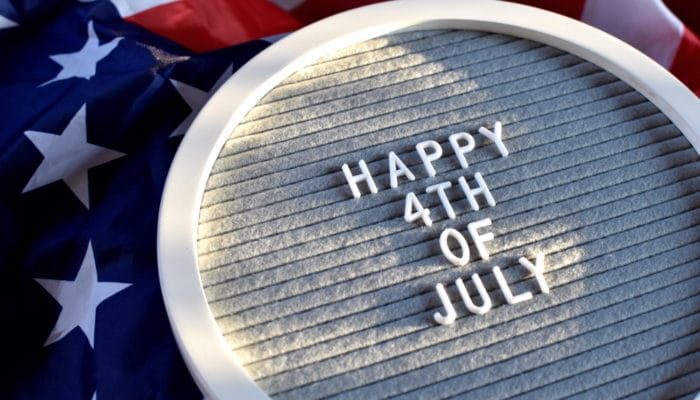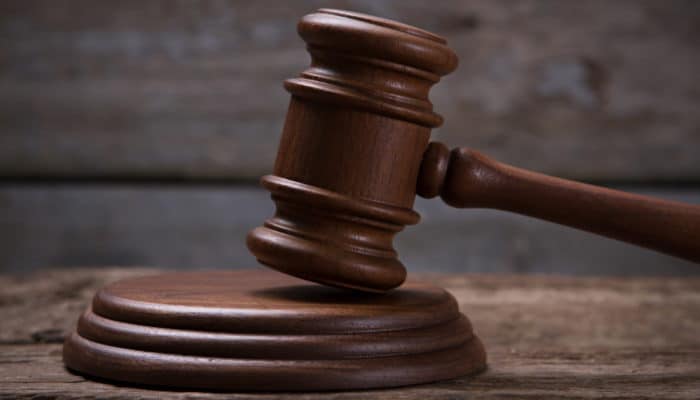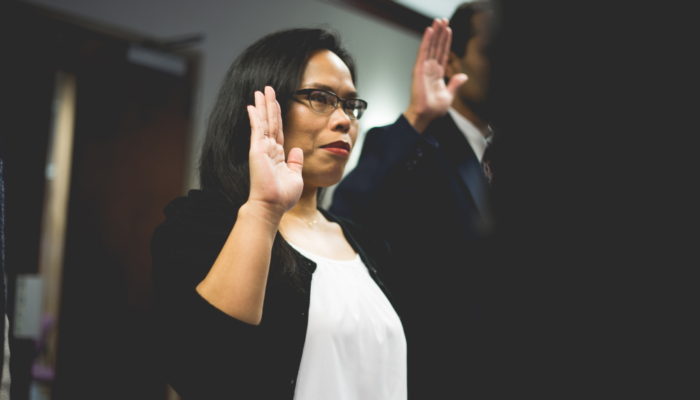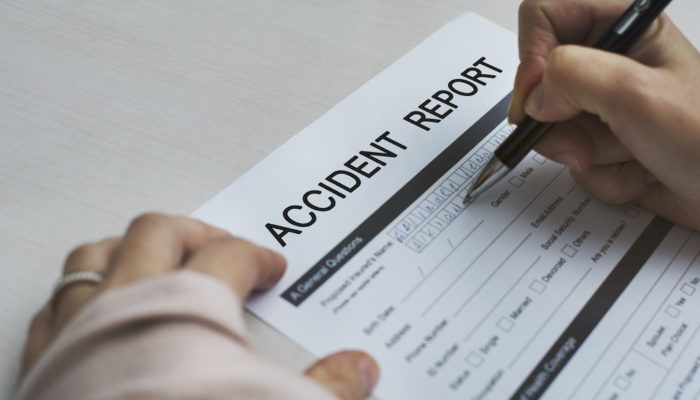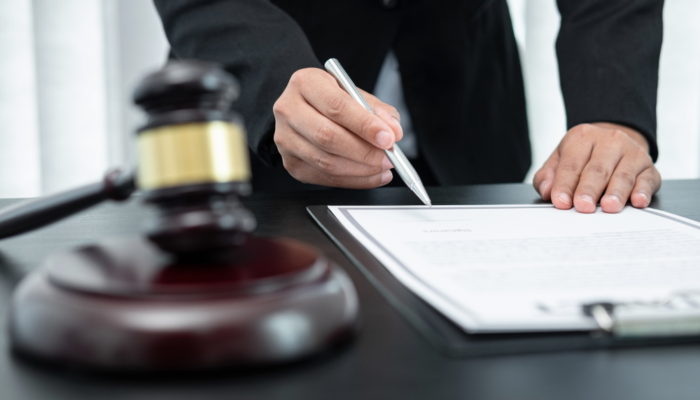The Fourth of July has not always been a holiday. Independence Day celebrations did not become commonplace until after the War of 1812. July 4th did not become a federal holiday until 1870. Each year, Americans observe the nation’s birthday on the 4th of July, i.e., Independence Day.
The Fourth of July celebrates the passage of the Declaration of Independence by the Second Continental Congress on July 4, 1776. The Declaration announced the political separation of the thirteen (13) North American colonies from the Kingdom of Great Britain.
Although Independence Day has been celebrated for most of the nation’s history, it did not become an official holiday until 1870.
In 1938, the U. S. Congress passed a law that guaranteed paid time off for holidays, including Independence Day. It would be equivalent to the pay of a regular working day. Federal holidays in the United States are calendar dates that are designated by the U.S. government as holidays. On U.S. federal holidays, non-essential federal government offices are closed, and federal government employees are paid for the particular holiday. There are a total of eleven (11) federal holidays.
Foundingfather and President John Adams refused to celebrate July 4th as Independence Day. The nation recognizes July 4 as the date to celebrate since the Declaration of Independence was adopted on that date. However, the actual vote for independence occurred on July 2, 1776.
In the United Kingdom and some other countries, the Revolutionary War is called the American War of Independence.
The tradition of fireworks on the 4th of July came from the 1777 celebration in Philadelphia, Pennsylvania. A ship fired a 13-gun salute to honor the thirteen (13) colonies, and the Sons of Liberty set off fireworks over Boston Common.
Every 4th of July, the Liberty Bell in Philadelphia is tapped, and not actually rung, thirteen (13) times in honor of the original colonies. The White House did not hold their first 4th of July party until 1801. The stars on the original American flag were in a circle wherein all the Colonies would appear equal.
The Declaration of Independence, which officially broke all political ties between the American colonies and Great Britain, set forth the ideas and principles behind a just and fair government, and the Constitution outlined how this government would function. The Constitution was written and signed in 1787. Thereafter, in 1789, the first Congress of the United States adopted ten (10) amendments to the U.S. Constitution, i.e., the Bill of Rights and sent them to the states for ratification.
Unlike the other founding documents, the Declaration of Independence is not legally binding, but it is powerful, nonetheless. President Abraham Lincoln called it “a rebuke and a stumbling-block to tyranny and oppression.†History and media show that it continues to inspire people around the world to fight for freedom and equality.
According to historical accounts, the Second Continental Congress, assembled in Philadelphia, formally adopted Richard Henry Lee’s resolution for independence from Great Britain. The vote was unanimous, with only New York abstaining. The colony of New York never voted on the issue of independence, or any other issue, for that matter. The reason for this: the state of New York never sent its delegation any explicit instructions of what to do. Without any instructions, its delegate Morris was forced to abstain from voting.
Thomas Jefferson wrote the Declaration of Independence, but that is not his handwriting on the vellum page above John Hancock’s signature and fifty-five others. The neat, elegant script of the Declaration belongs to Timothy Matlack, a brewer and beer bottler from Pennsylvania.
“We hold these truths to be self-evident, that all men are created equal, that they are endowed by their Creator with certain unalienable Rights, that among these are Life, Liberty and the pursuit of Happiness.â€
An inalienable right, said Richard Foltin of the Freedom Forum Institute, is “a right that can’t be restrained or repealed by human laws.†Sometimes called natural rights, inalienable rights “flow from our nature as free people.â€
It also posited that all men are created equal and that individuals have a civic duty to defend these rights for themselves and others.
Again, on July 4th, the Continental Congress formally adopted the Declaration of Independence, which had been written primarily by Jefferson. Although the vote for actual independence took place on July 2nd, from then on, the fourth (4th) became the day that was celebrated as the birth of American independence.
On August 2, 1776, roughly a month after the Continental Congress approved the Declaration of Independence, an “engrossed†version was signed at the Pennsylvania State House (now Independence Hall) in Philadelphia by most of the congressional delegates (engrossing is rendering an official document in a large clear hand). Not all the delegates were present on August 2. Eventually, fifty-six of them signed the document. Two (2) delegates, John Dickinson and Robert R. Livingston, never signed. Only John Hancock actually signed the Declaration of Independence on July 4, 1776.
Since 1952, the original parchment document of the Declaration of Independence has resided in the National Archives exhibition hall in Washington, D.C., along with the Constitution and the Bill of Rights. Before then it had a number of homes and protectors, including the State Department and the Library of Congress. For a portion of World War II it was kept in the Bullion Depository at Fort Knox, Kentucky.
It must be noted that there is a visible message on the back of the document, which reads, “Original Declaration of Independence dated 4th July 1776.â€
To safeguard the original record copies of the Declaration of Independence, the U.S. Constitution and the Bill of Rights, the National Archives decided to ban all photography in the Rotunda, where the historical documents are displayed.
This Declaration has also inspired revolutionary movements outside the United States. It encouraged Antonio de Nariño and Francisco de Miranda to strive toward overthrowing the Spanish empire in South America, and it was quoted by the marquis de Mirabeau during the French Revolution.
Ultimately, the Declaration of Independence endures as a great historical landmark in that it contained the first formal assertion by a people of their right to a government of their own choice.
If you have any questions about the forgoing article, or have any legal questions or concerns, please contact the attorneys at the law firm of CASERTA & SPIRITI in Miami Lakes, Florida.

